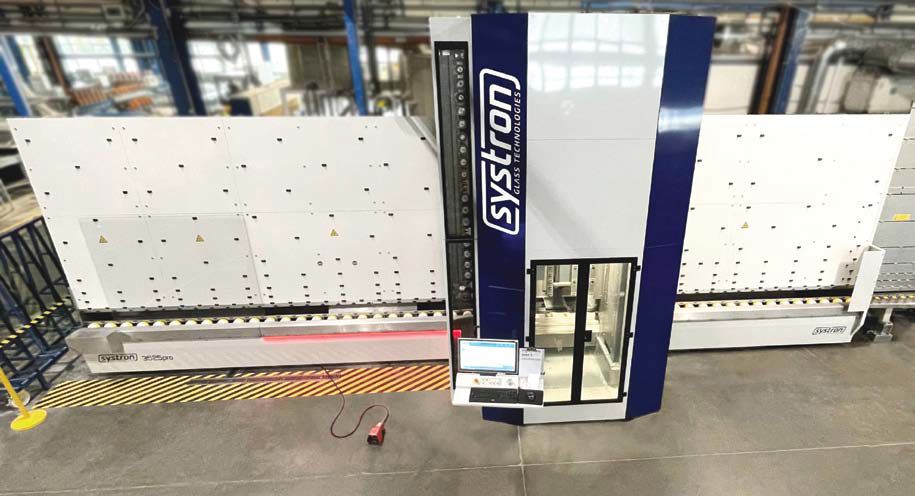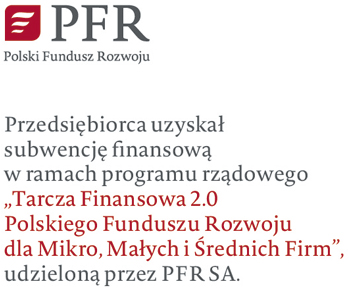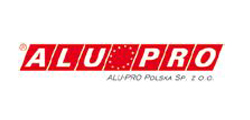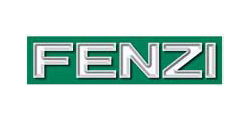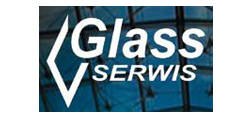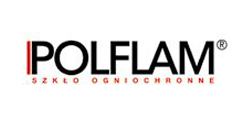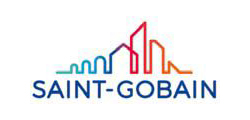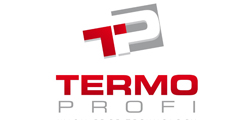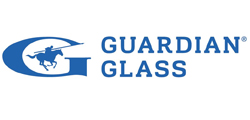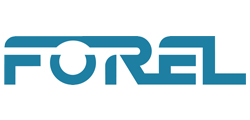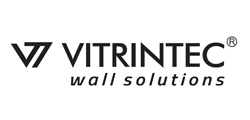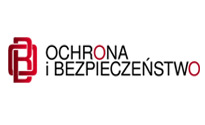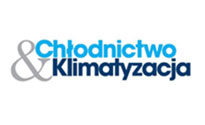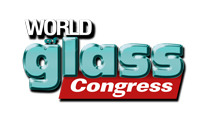LiSEC Hits – the Trade Fair Concept
LiSEC associates its hits with “the best in“ from different music genres – the central idea of music, hits and instruments is not only taken into consideration at the exhibition stand’s design, but also already at the invitations to the trade fair. This will be a different kind of trade fair appearance. Experience LiSEC and its hits in hall 17, stand A20!
Best in Tempering: AEROFLAT
In August 2013, the LiSEC development team started a major project with the mission to redesign the tempering furnaces in order to save manufacturing costs and at the same time increase the process reliability. Result: the AEROFLAT. Internorm, Europe’s leading window brand, has already bought the new AEROFLAT – the tempering furnace has been running at full capacity at Internorm since March 2015. „It was a large and especially exciting task because we knew: we won’t achieve the objective with minor measures so we pretty much started from scratch“, says Manfred Spreitzer, LiSEC project manager. The new AEROFLAT is technically more sophisticated and weighs almost 50% less than its predecessor.
Technology 1: The evenness
The team achieved an almost 100% evenness by the still better design and the technically more sophisticated implementation of the ceramic air cushion bed in the furnace. This did not only lead to a processing result of the glass sheets with an even higher quality but also to an increased process reliability because the risk of damaged sheets is reduced.
Technology 2: The convection current
The convection current in the furnace was optimized by means of a computer-aided flow calculation tool, which simulates the convection. With the resulting lessons learned, the development team constructed a prototype as a model by means of which the team carried out the corresponding tests and again and again compared theoretical and practical values.
Technology 3: The light-weight construction
The team has revised the entire construction and, forthis purpose, has used concepts from the light-weight construction. All in all, the developers were able to save approximately half of the weight without impairing the performance of the AEROFLAT. This weight reduction has advantages for the assembly (lighter engines and tools as well as simpler handling) but also for the customers due to lower transport costs and generally lower production costs. Spreitzer: „We have determined the optimum component strength and designed the construction so that we were able to save as much material as possible. Thus we were able to realize a reduction of the manufacturing costs of approximately 20%!“
An important aspect of the redesign was also the service and maintenance friendliness at the customer’s. Now, wear and maintenance parts can be removed and installed more easily due to the corresponding working height (ground level). Another plus factor which brings benefits already during assembly due to the simplicity and optimum set-up times. „The redesign project has gone extremely well along our meanwhile very well established development process: we had a perfect cooperation of the different departments in a small team at one location“, says Spreitzer. What is particularly pleasing is the fact that the first tests have already been very successful and that the engineers had to do only minimal retouching. Spreitzer: „The first AEROFLAT was installed at Internorm and has been running smoothly for more than one year!
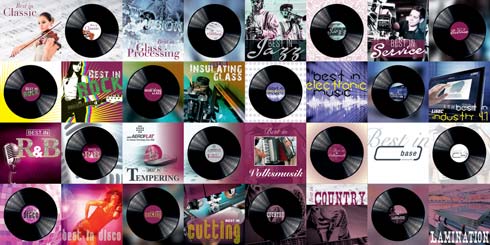
AEROFLAT: one technique – many advantages
- No waiting time when the types of glass are changed
- Wear-free ceramic components
- Significantly shorter heating time
- No cooling of the heating zone required in case of glass breakage
- Identical cycle time for coated and uncoated glasses
- Operators trained in only five days
- 50% less staff required compared to conventional plants
- No touching of the glass surface throughout the entire process
- The tempering of double-sided coated and printed glass sheets is possible
- Thermal tempering of glass is possible from 1 to 10 millimeters
Best in software: Industry 4.1 à la LiSE
Industry 4.1 by LiSEC allows transparent and efficient production processes in the sector of the glass machining and processing industry.
The integrated networking from the preparation of offers to the delivery supports the optimization of the production process and allows a seamless product tracking. Integrated quality checks along the production process beginning with the incoming goods inspection to the final check at the end of production allow a consistent quality report thanks to the networking which may act as a quality proof for a specific order.
Learning and self-optimizing production machines and plants autonomously make decisions about the tools to be used and machine settings and thus increase the efficiency.
Predictive and preventive maintenance is possible due to the permanent and consistent monitoring of the plants by means of integrated sensor and assistance systems. This maintenance helps to prevent unplanned downtimes and thus increases the availability of the plants. It is also possible to plan and organize service calls and required spare parts in an automated way.
The evaluation of the collected data in real time results in receiver-oriented reports which continuously provide the acting persons with relevant information and thus the basis for decisions.
At the glasstec trade fair, LiSEC will present its concept Industry 4.1 on the TPA line. The centerpiece here will be the LiSEC Line Coordinator: all data of the line and its plants are collected and processed there.
Best in Insulating Glass Manufacturing: Fast Lane Concept for TPA
LiSEC will present another hit at the glasstec 2016: The leading manufacturer for plants and software for the flatglass processing industry has developed an entirely new concept for the production of insulating glass units with thermoplastic spacers. The concept is designed with respect to cycle time, high quality and accuracy.
Key features
- From the cutting to the completion of the insulating glass unit, no manual intervention will be required under normal circumstances,
- The concept only provides for one applicator and achieves a cycle time of 35 seconds for standard triple-glazed insulating glass (size: 1m2)
- High-Speed due to an innovative LiftOver system
- Saving of investment-intensive core machines
- New industrial design
Core plants of the fast lane TPA line
Assembly press: The press used in this concept is a completely new development. The title AGP press (AGP stands for assembling, gas filling, pressing) ensconces a press which is, on the one hand, fast – we guarantee a cycle time von 35 seconds for triple-glazed elements in paired operation (basis: triple glazing – one sqm size) - and which features an extremely high pressing accuracy on the other hand. The tolerance for insulating glass up to a size of 2.5m2 amounts to a maximum of 0.5mm with reference to the element thickness.
The press may be used in a very large range of applications due to the fact that the new AGP press can process elements of 350 kg/running meter (and up to 200 kg/running meter for the first two glass sheets). When producing step(ped) elements, the step bottom edge may be 150 mm and the step upper edge may be up to 700mm. A particularly important feature of this press: up to triple-glazing insulating glass, all glass sheets are supported at any time during the assembly which prevents any sliding down. The AGP press also scores in terms of ease of servicing: an exchange of the press plates is possible without losing the accuracy.
The AGP also features the LiSEC gas filling technology in case of which the gas is, by means of a laminar flow, filled from the bottom across the entire width of the insulating glass element without bending the glass during this process.
(...)
Całość artykułu w wydaniu drukowanym i elektronicznym
Inne artykuły o podobnej tematyce patrz Serwisy Tematyczne
Więcej informacji: Świat Szkła 09/2016





